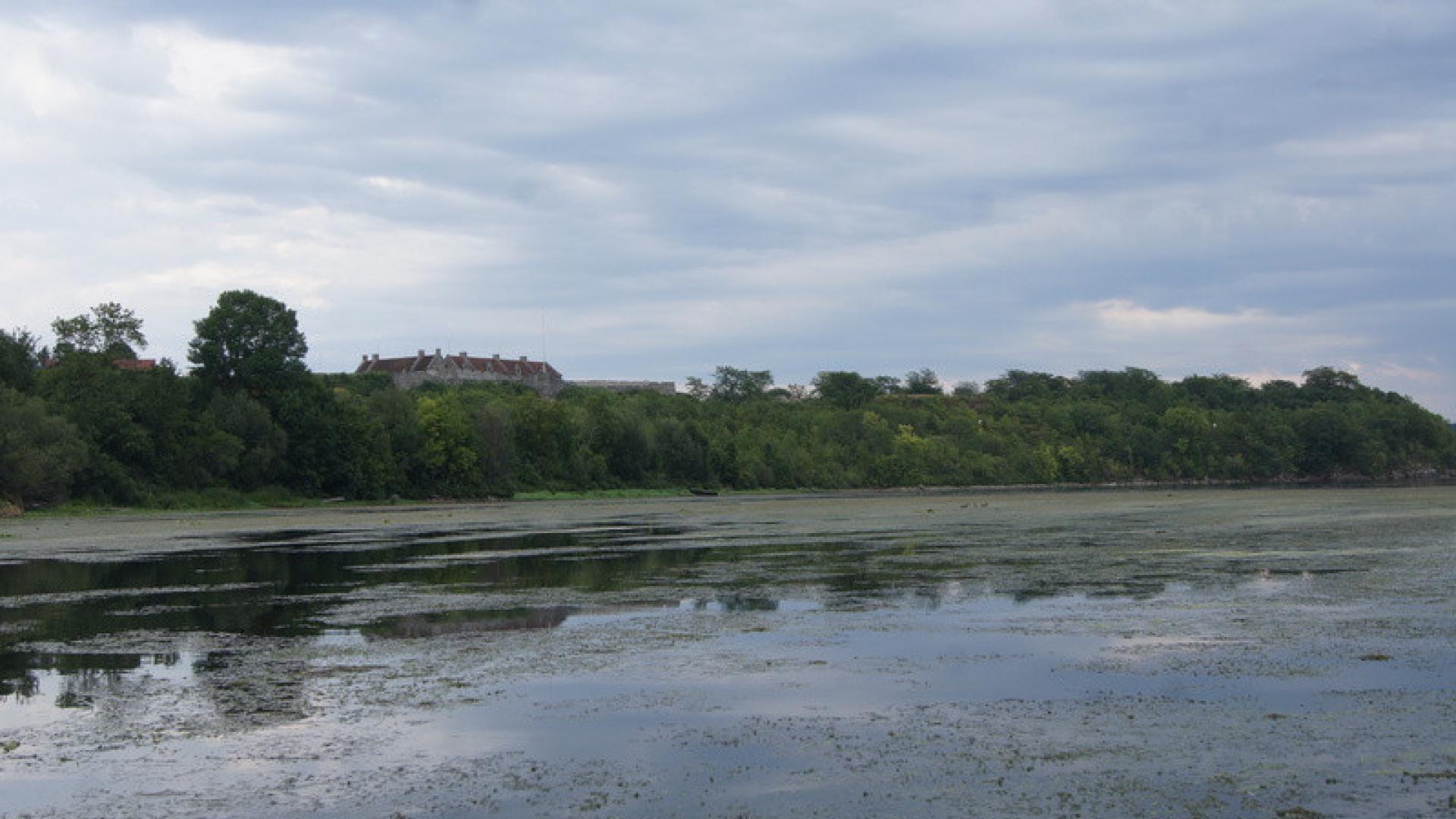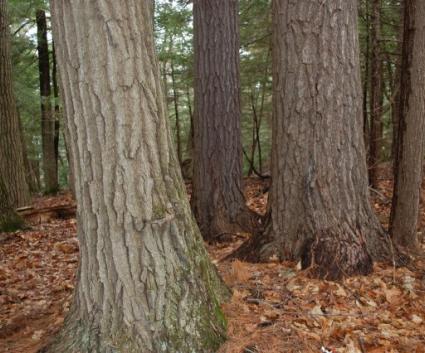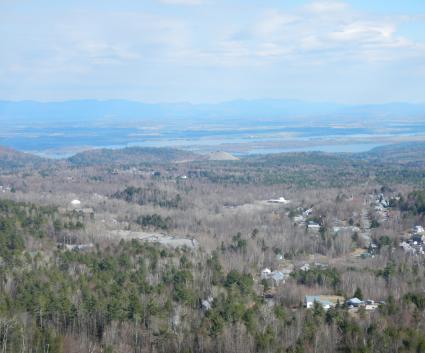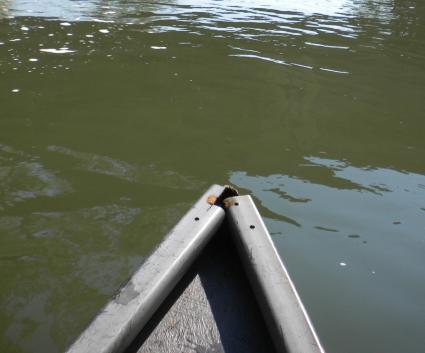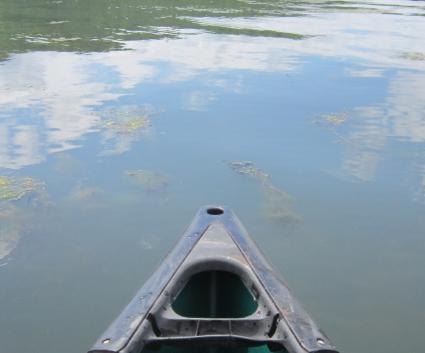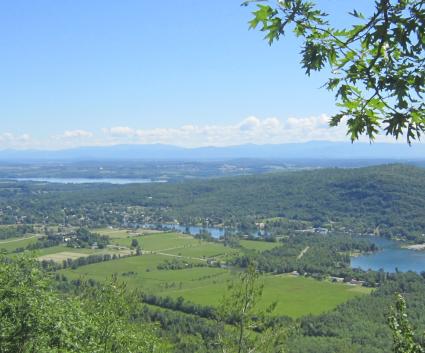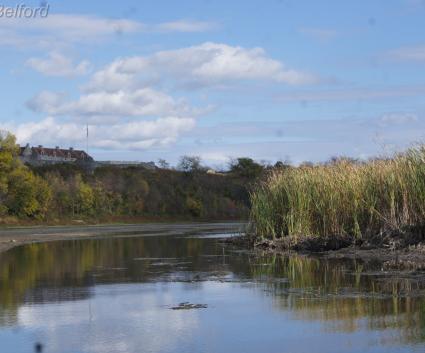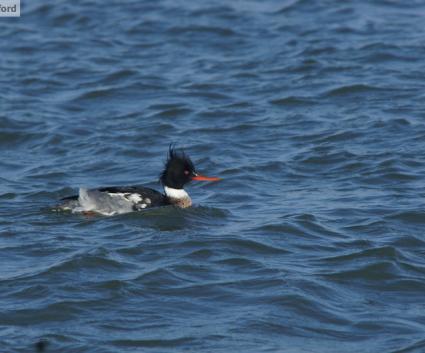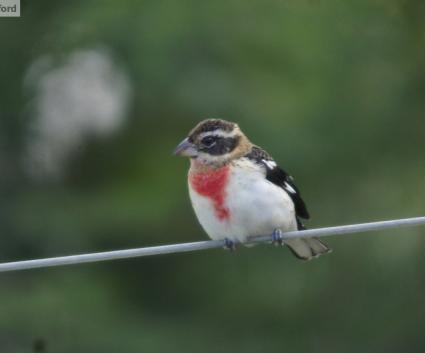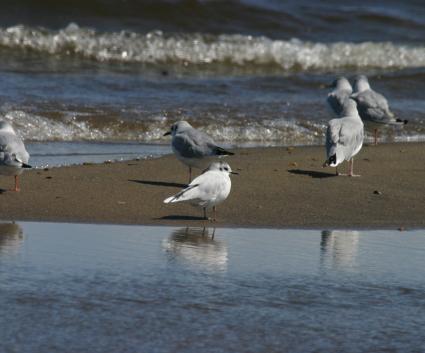A Chance to Explore
Wren and I were exploring the Adirondack Coast and Ticonderoga Area this past week and as part of our adventure we paddled Ticonderoga Marsh. Our trip started off well as a Merlin raced above us as we put-in at the Town of Ticonderoga Recreation Park. We nosed our bow quietly down the La Chute River waving to a few fishermen, who, if we can believe their fish stories, told us they were having good success.
Birding as I Paddled
We passed beneath the series of bridges that leads towards Lake Champlain and the marsh, listening to songbirds in the trees around us. There was a nice group of Black-capped Chickadees, Tufted Titmice, and Red-eyed Vireos as well as a Warbling Vireo, a locally uncommon Yellow-throated Vireo, a variety of woodpeckers, and an American Redstart. Eastern Wood-Pewees whistled PEE-a-weee from the neighboring forest and a Scarlet Tanager added its Chick-burr call to the festivities.
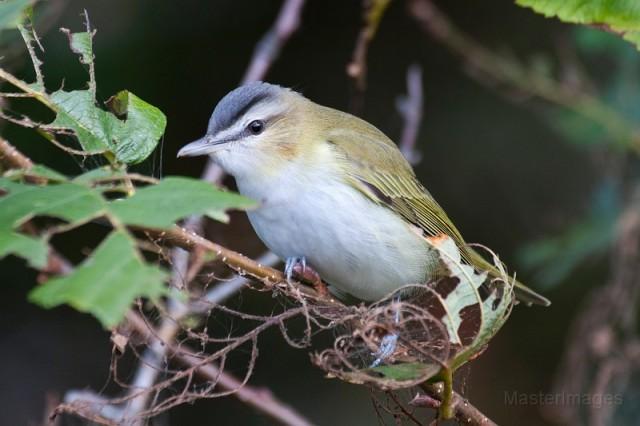
Further along the stream we spooked a common map turtle from a low log into the water. If we had paddled earlier in the day we would have likely seen many of them basking on logs in the sun. But we had targeted an evening paddle for both cooler temperatures and birds. Downed logs - like the one used by the map turtle - became more common as we went and we were soon spooking Wood Ducks tucked away in the hidden nooks the logs created along the stream banks. A Spotted Sandpiper called as it flew around us and back up stream. I was hoping we might find some other shorebirds on our paddle, but the water level is still quite high, not providing any mudflats.
We reached the beginnings of the marsh and poked into a quiet backwater surrounded by cattails. About fifteen Wood Ducks lifted off the water and raced to a more secluded spot – we would accidentally be chasing them throughout our paddle. As we passed beneath the railroad bridge we heard another flock of songbirds in the trees. This group contained a Blue-Gray Gnatcatcher, another locally uncommon species which is more common further south. Three Bald Eagles sat in a dead tree beyond the cattails, and Great Blue Herons croaked at our approach as we explored further into the marsh.
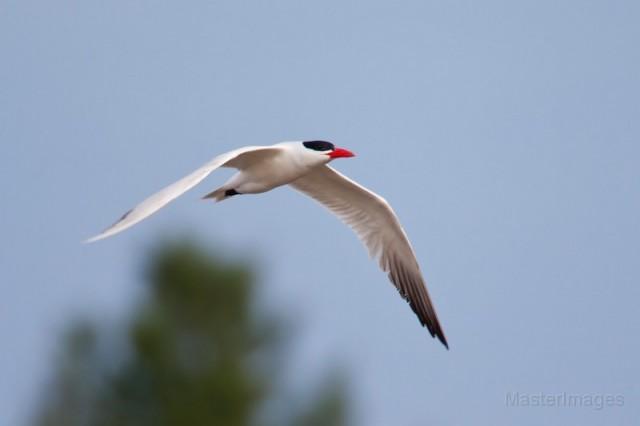
A Slow Paddle through the Marsh
My goal was to explore the area for birds without getting ourselves bogged down in shallow water or floating aquatic vegetation. And while the high water levels allowed us to explore without getting stuck, we didn’t go too far into the cattails for fear of having our progress halted – forcing a mucky retreat in tight quarters, or worse yet a mucky slog on foot. But staying in the channels was productive all the same and I paused to watch Wood Ducks feed in sheltered waters beneath Fort Ticonderoga which dominated the bluff above. To the south Mount Defiance stood towering above us, looking down on us and the Ospreys and Caspian Terns which cruised over our heads.
I scanned the cattails ahead and watched as one, and then two, then three Common Gallinules emerged from the reeds into the open. They were gone by the time we reached them but I heard one calling quietly out of view. The large beaver lodge which I had seen just last summer looking powerful and proud had fallen into disrepair, but any fears I may have had about the beavers being gone were soon wiped away as I watched a beaver slowly slide through the evening shadows ahead of us. I had seen plenty of beaver work along the river on the way out, and they had a pair of fine, well-maintained lodges about which to boast. We turned and followed the beaver which silently disappeared.
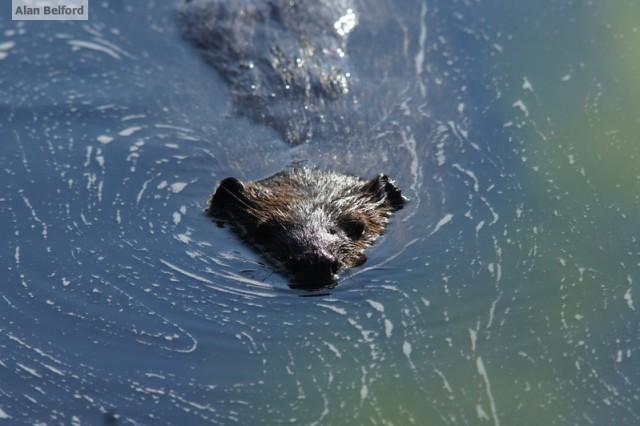
Escorted Out by Beavers
I listened to the calls of Marsh Wrens, Common Yellowthroats, and Swamp Sparrows as we made our way back along the marsh and we soon found another beaver – or perhaps the same one – just ahead of us. It disappeared with a loud tail slap and Wren, who had been dozing, sat bolt upright looking around in surprise and smelling the air. I paddled us past its wake rather than to disturb it anymore. But a short way up the river we found another beaver which surfaced not far ahead of us. It too slapped and dived and once again Wren was on her feet on the lookout. This happened three or perhaps four more times as we kept intercepting beavers – I don’t know how many individuals in all – which would surface close by, swim quietly in front or alongside us – almost stalking us - and then disappear with a thunderous slap. Clearly the beavers were doing well despite the derelict nature of their once enormous lodge. And clearly they were sending us a message to leave their neighborhood.
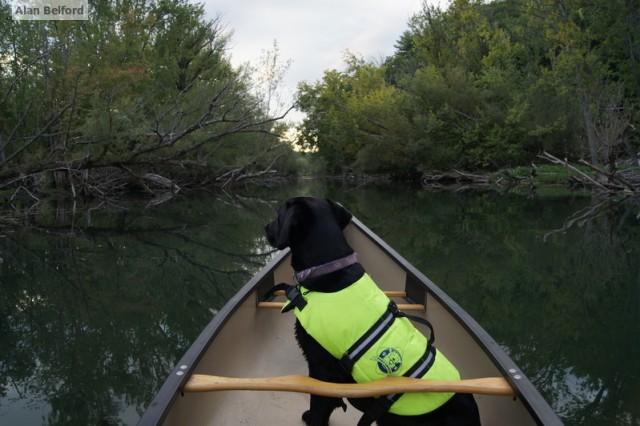
With evening coming, we were leaving anyway, but I think their neighborhood watch council had celebratory libations and bark chips that evening after running us out of town. Wren and I slid quietly back up the La Chute, waving again to the fishermen who still seemed to be having success and who asked us what we had caught. We loaded the boat and headed to the foot of Mount Defiance where the calls of Eastern Whip-poor-wills ushered in the night.
Come check out the paddling and other outdoor recreation opportunities which the Lake Champlain Region has to offer! Plan your trip with our dining and lodging pages here!
